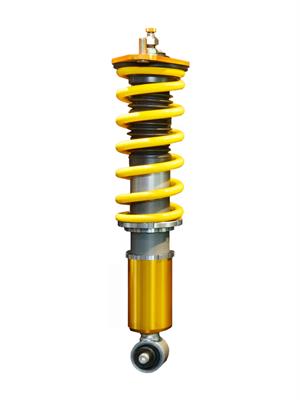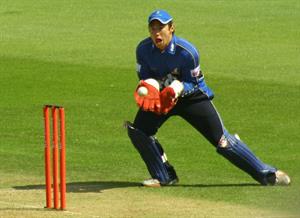PDF chapter test TRY NOW
A large force that acts on a body for a very short period of time is called an 'Impulsive force'.
When a force 'F' acts on a body for a duration of time 't', then the product of force and time period is called 'impulse', represented by 'J.'
By Newton's second law,
From equations (1) and (2)
Impulse is also equal to the magnitude of change in momentum.
The SI unit of impulse is the newton-second (Ns) and the dimensionally equivalent unit of momentum is the kilogram\ meter\ per\ second ().
Change in momentum can be attained in two ways. They are:
- a large force acting for a short duration of time, and
- a smaller force acting for a longer duration of time.
Examples:
- Automobiles are furnished with springs and shock absorbers to decrease jerks while moving on rough roads.

- In cricket, while catching the ball, a fielder pulls back his hands. He experiences a smaller amount of force for a longer period of time to catch the ball, resulting in a much lesser impulse on his hands.

Reference:
https://commons.wikimedia.org/wiki/File:Andrew_Hodd,_Sussex_Wicketkeeper.jpg
